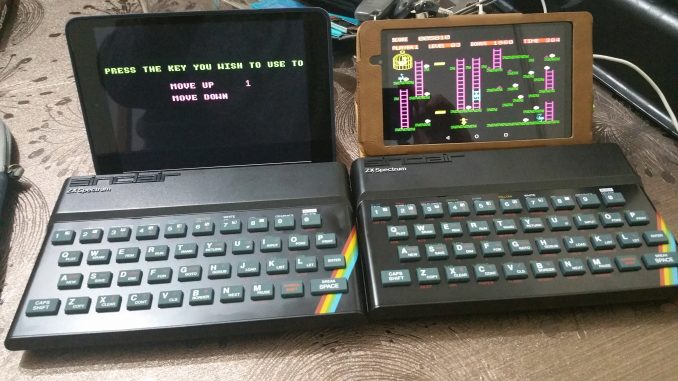


Thread the cables from underneath the board and solder each side of the cables to the PS1 power switch. Test the solder points using a voltammeter to see if they are properly connected to the switch. If the solder is done right, the Pi will only turn on when the USB is plugged and the PS1 switch is on. Photo Credit: I nstructables Step 7: Mount the Pi The following image shows the hole for the USB so it can go past the plastic divider and underneath the board.

In this step, make sure that the Pi is mounted in a way that allows the HDMI port to stick out of the serial port of your PlayStation case. Here you will notice that the place that holds the screws of the PlayStation case is too far up to allow easy mount for the Raspberry Pi. To make that easy, you need to cut out those places with pliers. Be extra careful to not put the screw in the hole when you put the case back in its place. You can use foam stickers and stick them inside the case to adjust the Pi if it doesn’t adjust otherwise.


 0 kommentar(er)
0 kommentar(er)
